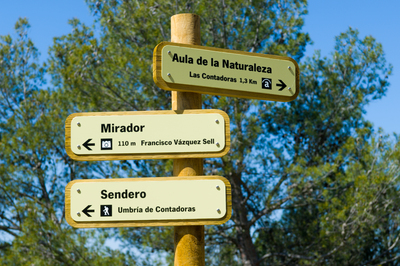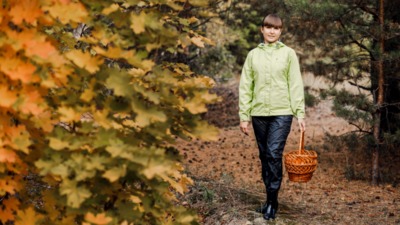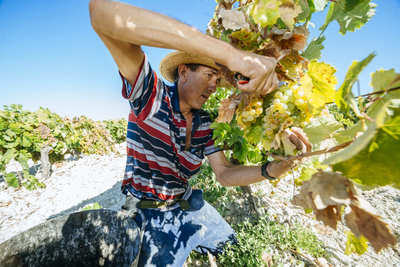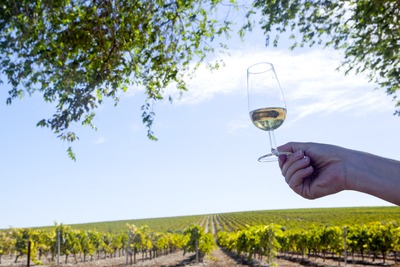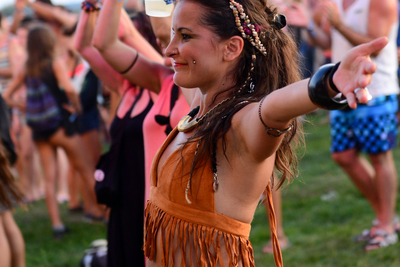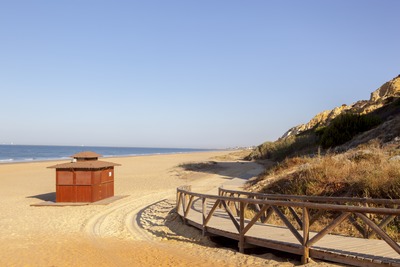Ubeda and Baeza, cities of craftsmanship
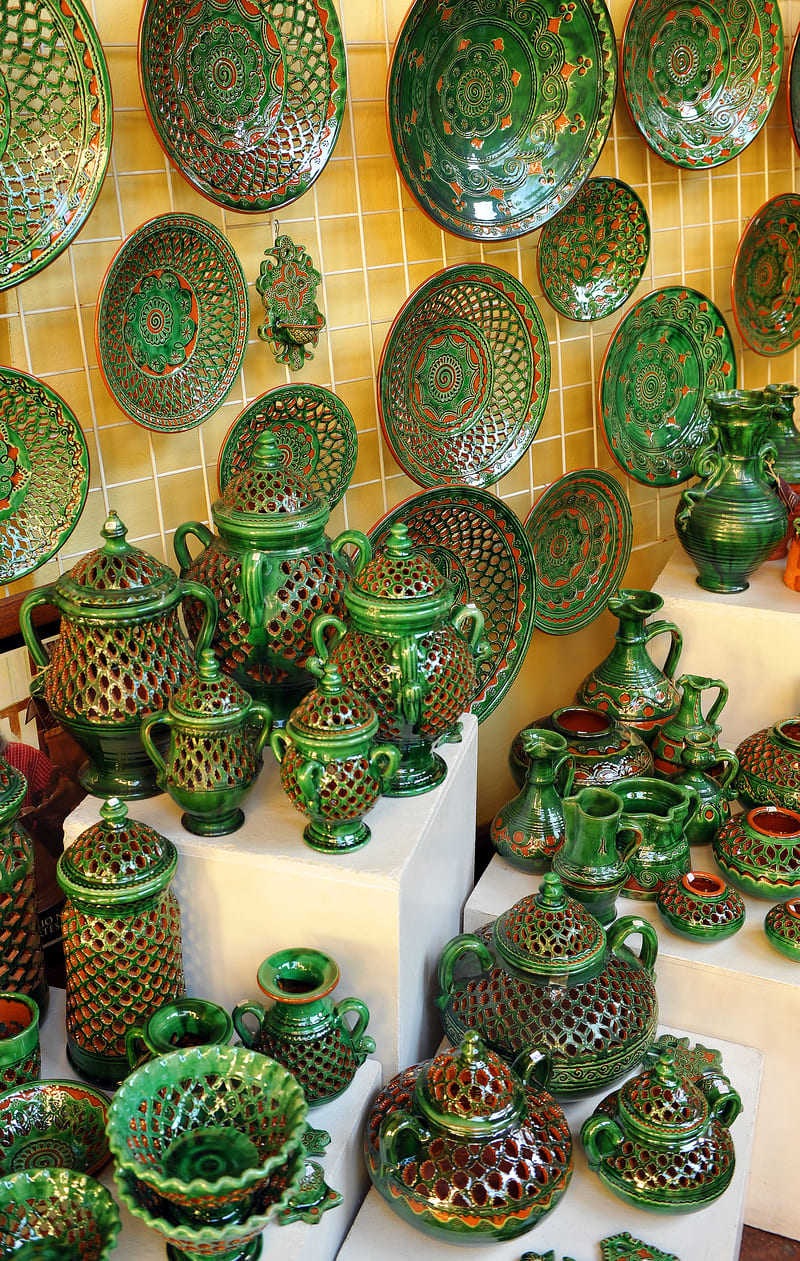
The two cities of La Loma share history and their own craft. Ubetense pottery is differentiated by its olive green colour; another product of the land, esparto grass, is used to make decorative objects. Like forge works, the modelling of iron that began in the Renaissance for metal bars. The wide assortment of handicrafts includes joinery for classic furniture, without forgetting the highly recognised Moorish coffered ceilings by Paco Luis Martos.
Ubeda and Baeza offer a high concentration of craft workshops due to the influence of different cultures: Arab, Mudejar and Renaissance, with most of the workshops being family-run as the tradition was passed down throughout the generations. Crafts can often be purchased directly from the workshops.
The pottery has an Arabic origin and is signified by its intense olive green colour. Being one of the most outstanding manifestations of Ubetense culture, the Tito, Alameda and Góngora sagas produce all kinds of pieces decorated with openwork, incisions and embroidery or filigree made with white clay.
Of ancestral origin, although its use intensified during the Andalusian period, is the craft production of esparto grass . It had its heyday around the 11th century, when rugs made of this vegetable fibre were called ubedíes. Esparto grass has been adapted as a product of great decorative interest, complementing functionality in rural areas. Ubedíes Crafts with Esparto Grass continues weaving tapestries, rugs, mats, baskets, water tanks, and the classic barjas.
Since the 16th century, stained glass crafts (Artesur) and artistic ironworks have been kept alive. All the techniques of the forge and the models used, especially ironwork, had extensive development during the Renaissance. Today, the craft of forging ofTiznajo continues to produce traditional works, but also more functional and domestic ones. Railings and artistic locksmithing can be seen as you walk through both cities.
For wood, together with the carving of the traditional Mudejar coffered ceilings, the main activity is cabinetmaking, specifically Spanish classical style furniture with a Renaissance influence. As well as popular furniture such as cupboards and tables. At Carpintería San Jaime, the most used woods are pine and walnut, as well as olive. There are artisans dedicated to carving and gilding images following the traditional techniques of Andalusian imagery.
Stonework has a great historical tradition in Úbeda and Baeza. Several workshops carve chimneys, sculptures, fountains and columns in ashlar stone and sandstone.


